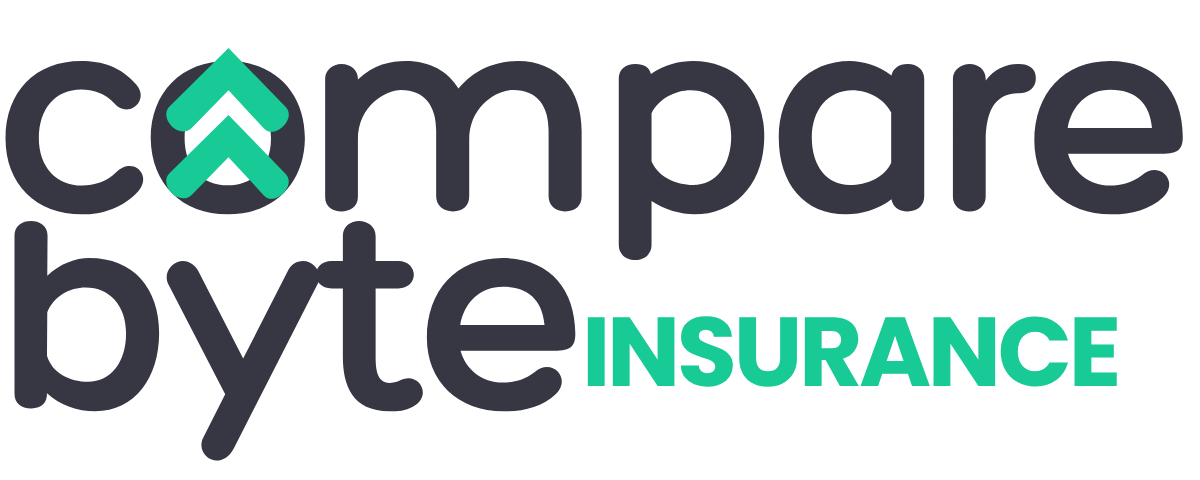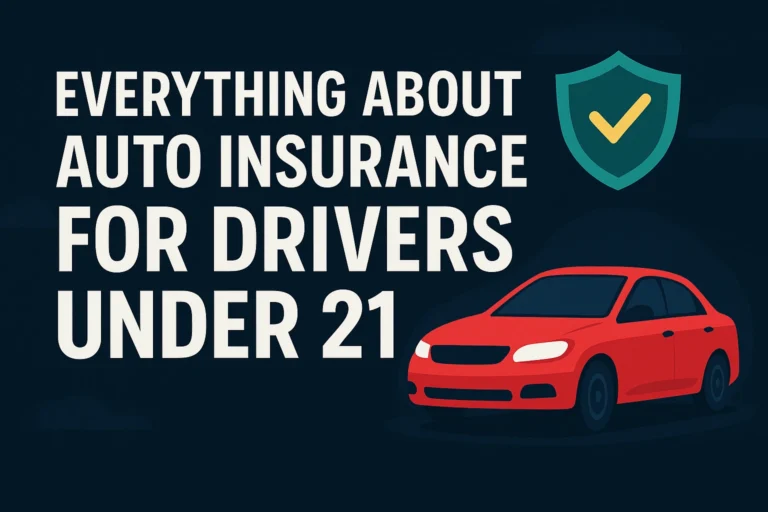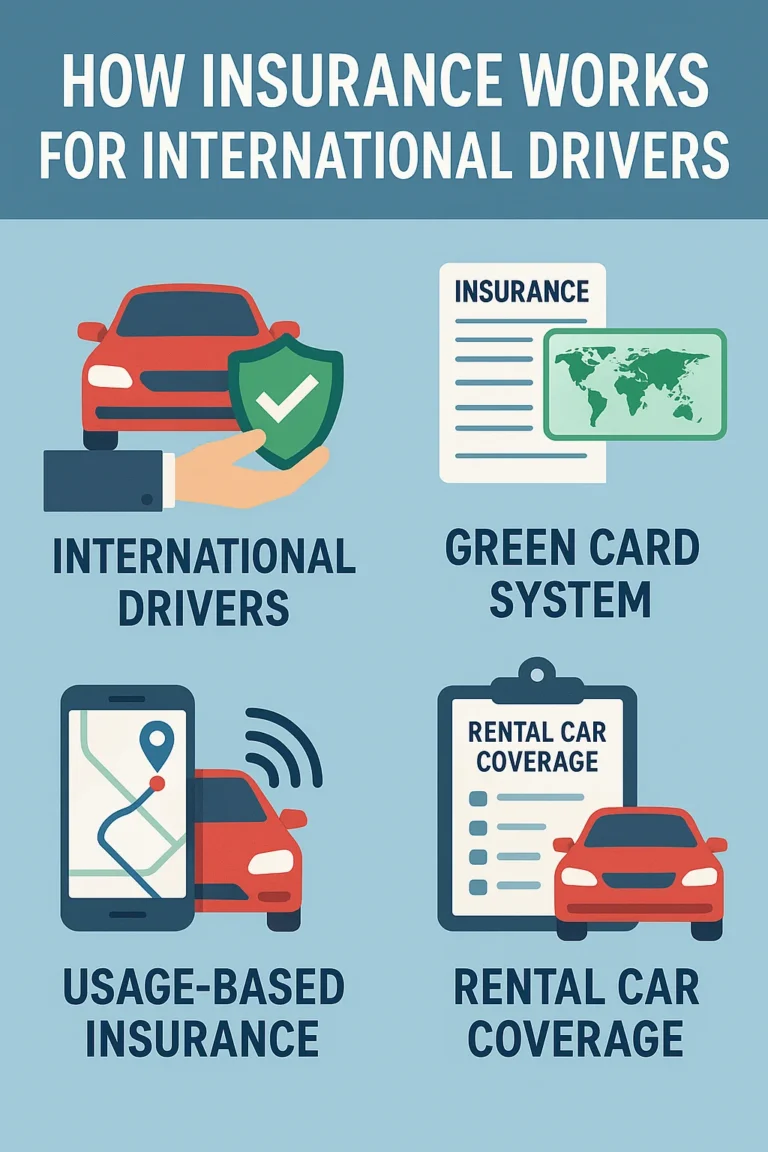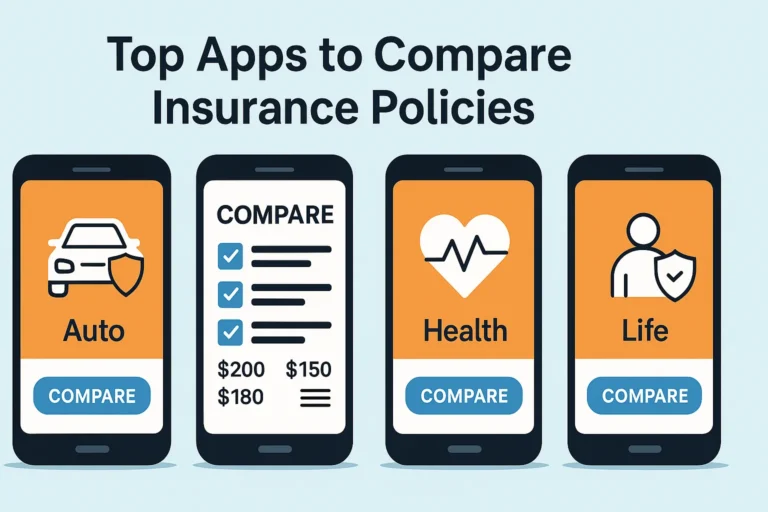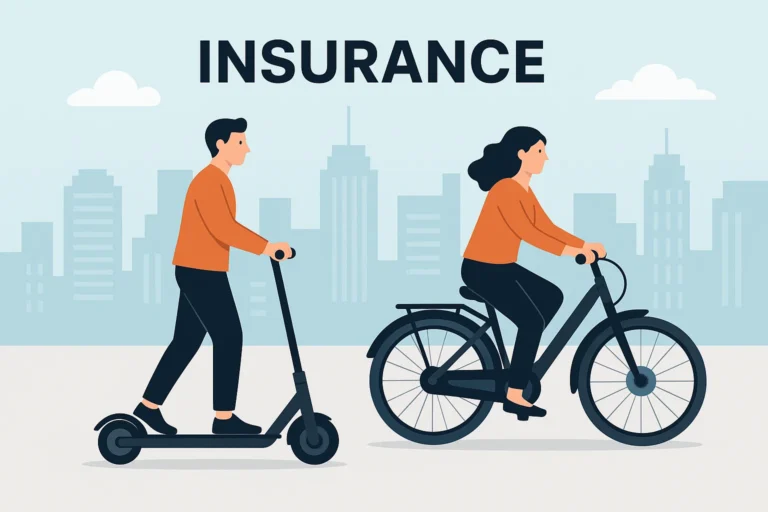Switching your auto insurance provider can seem like a daunting task, especially if you’re unfamiliar with the process. However, making a well-informed switch can lead to better coverage, reduced premiums, and a more customer-friendly experience. This guide offers a comprehensive overview of why, when, and how to change your auto insurance provider, supported by data and expert insights.
History and Evolution of Auto Insurance Switching
The concept of auto insurance dates back to the early 20th century when car ownership began to proliferate. Initially, policies were basic, offering limited liability coverage. As vehicles and traffic laws evolved, so did the complexity and customization of insurance policies.
In the 1990s, the digitization of records and the rise of comparison tools revolutionized the ability to switch insurers. Consumers no longer needed to rely solely on local agents and could instead shop for policies online.
By the 2010s, the growing competition among insurers, coupled with AI-driven underwriting, led to more personalized and dynamic pricing models. Policyholders became more agile, evaluating options annually rather than remaining loyal to one provider.
Today, insurers promote easy switching and even offer incentives to customers who bring over their business, such as no-lapse guarantees and introductory discounts.
Current Data and Statistics
According to a 2024 study by J.D. Power, approximately 13% of drivers in the U.S. switched their auto insurance provider in the past year. The most common reasons cited include rising premiums, poor customer service, and better offers from competitors.
| Reason | Percentage of Respondents |
|---|---|
| Premium Increase | 34% |
| Better Quote Elsewhere | 28% |
| Poor Claims Experience | 16% |
| Lack of Coverage Options | 12% |
| Relocation | 10% |
| Generation | Preferred Method |
|---|---|
| Gen Z | Mobile App |
| Millennials | Online Comparison Sites |
| Gen X | Phone Consultation |
| Baby Boomers | In-person Agent |
Industry Comparisons
Traditional Providers vs. Digital-First Insurers
Traditional insurers like State Farm or Allstate often offer in-depth consultation and long-standing reputations. However, digital-first insurers such as Root or Lemonade emphasize quick quoting, transparent pricing, and app-based claims, appealing to younger demographics.
Direct Insurance vs. Broker-Based Insurance
Direct insurers sell policies directly to consumers, typically online, allowing for competitive pricing and simplicity. In contrast, broker-based models give access to a wider range of providers but may involve broker fees and longer turnaround times.
Domestic vs. International Providers
Domestic insurers have deeper insights into local regulations and risk factors. Meanwhile, international insurance groups often bring cutting-edge tech and broader risk pools but may suffer from localized service gaps.
Forecasts and Future Trends
Analysts predict that by 2030, over 25% of all auto insurance policies will be switched via mobile platforms. The integration of blockchain for claims verification and AI-powered underwriting will further simplify transitions and tailor coverage in real-time.
Telematics, already used in pay-per-mile insurance, will continue to grow. As autonomous vehicles rise, insurers are expected to shift liability more toward manufacturers than drivers, radically changing switching behavior and policy needs.
Furthermore, the increasing pressure on insurers to offer eco-conscious policies may create new benchmarks for provider switching based on sustainability metrics.
Expert Opinions and Academic References
According to Dr. Lisa Hogue, Professor of Insurance Studies at NYU, “Policyholders should assess their insurance annually. Price isn’t the only factor; claim responsiveness and coverage terms matter significantly.”
In a paper published by the National Association of Insurance Commissioners (NAIC), researchers noted that customers who switch after claim denials report 30% higher satisfaction rates with their new providers.
A 2023 report by McKinsey & Company (source) highlights the need for insurers to focus on UX improvements, with 42% of millennials citing poor digital interfaces as a reason for switching.
Conclusion and Summary
Switching to a new auto insurance provider is more accessible than ever, thanks to digital innovations and increased market competition. While price plays a major role, factors such as claims efficiency, coverage customization, and digital experience are equally vital.
Before switching, assess your current policy, get multiple quotes, and ensure there is no lapse in coverage. Use comparison tools, read reviews, and consult agents if needed. The right move can not only save money but also enhance peace of mind.
Frequently Asked Questions
Q: Will switching affect my credit score?
A: No, switching insurance providers does not directly impact your credit score.
Q: Can I switch at any time?
A: Yes, but check for early cancellation fees in your current policy.
Q: Is it better to switch during renewal?
A: It’s often easier and cheaper to switch during your renewal window, but it is not required.
Related reading: How to Compare Car Insurance Policies Effectively, Understanding Insurance Premium Increases
